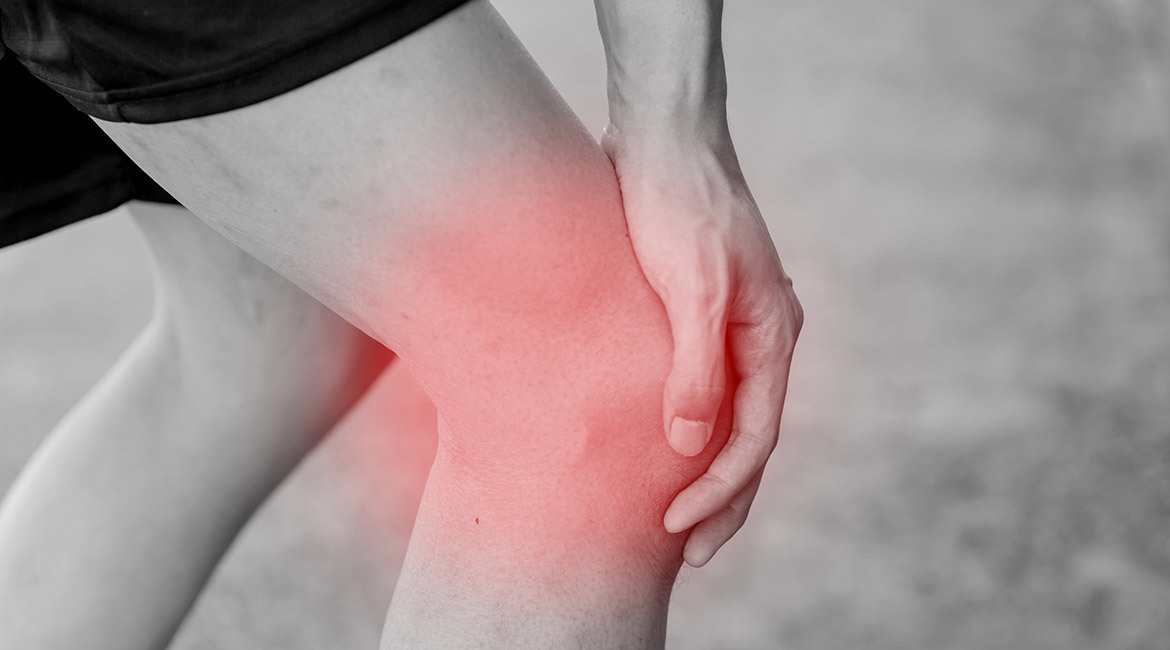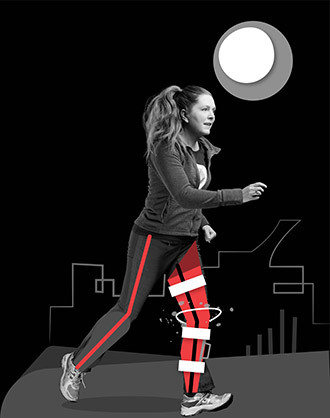Knee Kinesiography Revolutionizes Treatment of Knee Osteoarthritis

Purchased from Istock.com. Copyright.
Although there is still no cure for knee osteoarthritis, there is now a way to dramatically improve the quality of life for hundreds of thousands of Canadians living with this condition.
Knee Kinesiography: a Spectacular Progress
Many years of work at the ÉTS Imaging and Orthopædics Research Laboratory (LIO) have resulted in the development of a diagnostic tool called knee kinesiography, which objectively assesses full movement of the knee during gait. A recent study of 449 patients confirmed researchers’ hypotheses that this tool would be useful in treating patients suffering from knee osteoarthritis. The study showed that this breakthrough technology reduced patients’ knee pain as well as their symptoms and made daily activities easier.

Nicola Hagemeister, professor in the Systems Engineering Department at ÉTS
Nicola Hagemeister, professor in the Systems Engineering Department at ÉTS and researcher at the CHUM Research Centre (CRCHUM), has long been interested in the biomechanics and functional analysis of the knee. As co-inventor of this tool – marketed under the name KneeKG by a Québec company called EMOVI – she headed the clinical study.
A Dynamic Assessment of the Knee
The knee is one of the body’s most complex joints. While x-rays and magnetic resonance can be used to verify structural integrity, sometimes the pain people feel is not linked to how damaged the joint is. So the patient may be experiencing acute pain or have very limited movement, but imaging may not provide enough information. The opposite may also be true.
“The knee kinesiography exam is performed using a harness equipped with sensors and positioned on certain strategic areas of the leg where the skin doesn’t move very much. As the patient walks on a treadmill, we can more accurately measure small rotations of the knee which are invisible to the naked eye,” explains Professor Hagemeister. The recorded image isn’t static so tiny movements involved in rotations of the knee can be seen, which helps to determine more precisely what is happening when the knee is in motion.
Knee kinesiography enables doctors to understand what is causing the patient’s pain and to recommend an individualized exercise program aimed at correcting biomechanical deficiencies.
The study led by Dr. Hagemeister found that patients who did the exercises prescribed by their doctor regularly had less pain and improved movement in their knee.



